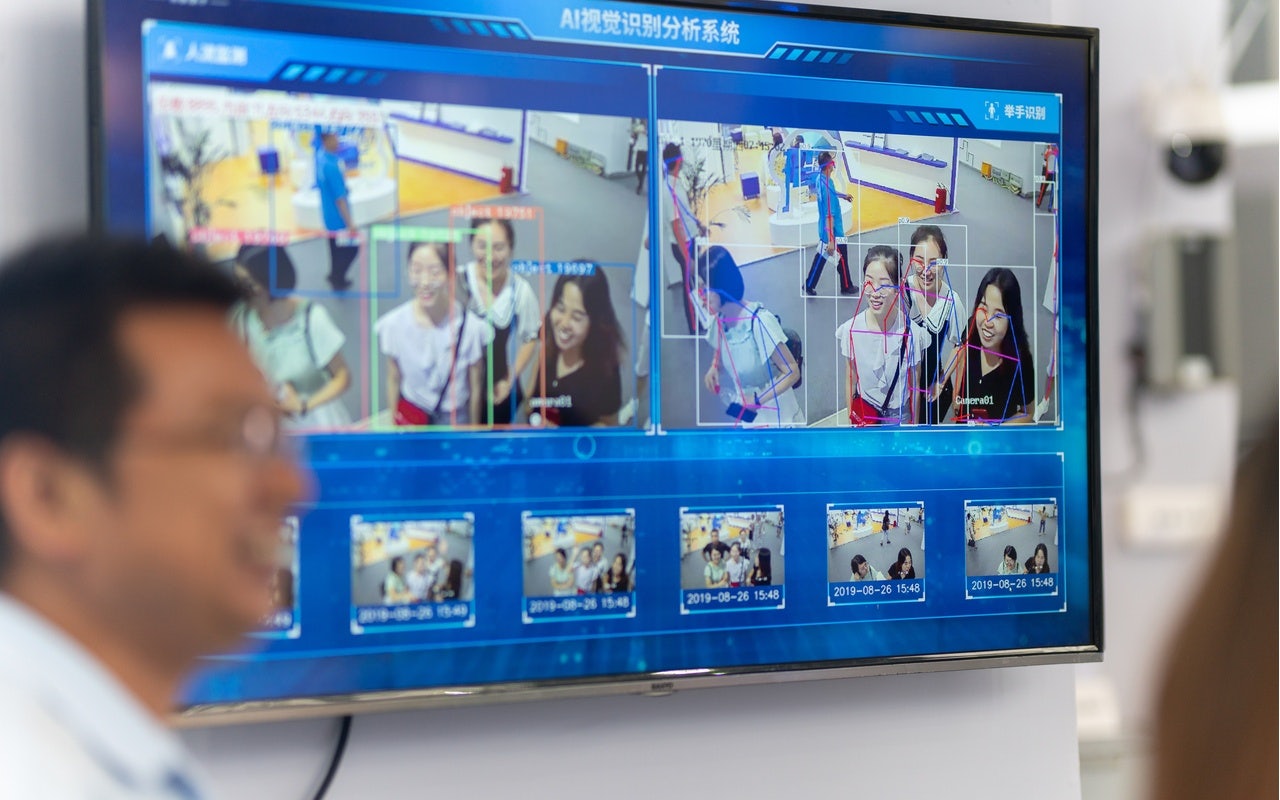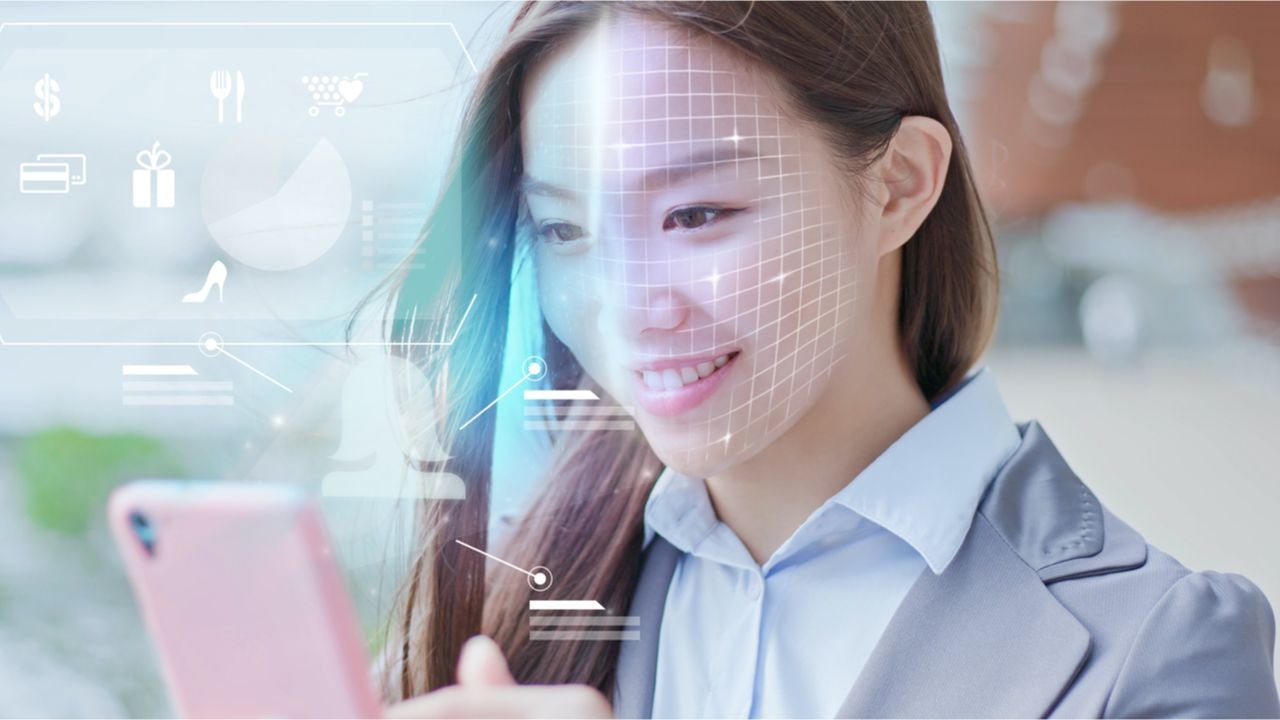What happened
China’s highest court has established clear limitations on how businesses can use facial recognition technology in the country. According to a judicial interpretation released on Wednesday, businesses must now provide direct notice and obtain explicit consent before collecting biometric information.
As stated by Technode, companies could be found liable if they infringe upon the personal rights of their customers by using facial recognition technology in public spaces. The rule does not apply in certain circumstances to public safety, public health emergencies, and other crises.
Yang Wanming, vice president of the Supreme People’s Court, said at a press conference that the interpretation comes in response to the growing abuse of surveillance technology by Chinese businesses.
“Some retailers use ‘touchless’ face recognition technology to collect consumers’ facial information without consent, then push them to different advertising based on their gender, age, and mood,” said Yang. “These acts seriously infringed users’ rights and interests.”
The Jing Take
While the recent initiative is a welcomed change that will surely protect customers from the abusive collection of biometric data and invasive and deceptive marketing practices, it will also set back the “New Retail” revolution conjured by visionary minds like Jack Ma.
Creating a frictionless shopping experience across all channels implies simplifying the shopping process and making it more convenient, efficient, and tech-savvy.
Think of it this way — facial recognition software can instantly identify the customer and charge goods directly to his account. Pay with Face Recognition technology also reduces the total payment time to around 15–20 seconds, according to a case study of Facial-Recognition payment in China.
Additionally, the technology was a great service when COVID-19 cases surged, with customers expressing safety concerns. During a global pandemic, customers wanted to reduce their physical interactions with staff, and facial recognition technology mitigated risks and helped with that.
Meanwhile, the technology also transforms the customer journey by creating more personalized interactions. Retailers can identify loyal shoppers and instantly access their shopping profiles. Therefore, retailers can offer products similar to those sampled or bought by the customer. The technology has also reinvented sampling. Beauty giants like MAC and Sephora now offer smart beauty mirrors and virtual try-ons for makeup products. But without facial recognition technology, virtual sampling would be dead.
Additionally, the technology protects businesses from shoplifters and employee theft.
The Jing Take reports on a piece of the leading news and presents our editorial team’s analysis of the key implications for the luxury industry. In the recurring column, we analyze everything from product drops and mergers to heated debate sprouting on Chinese social media.

